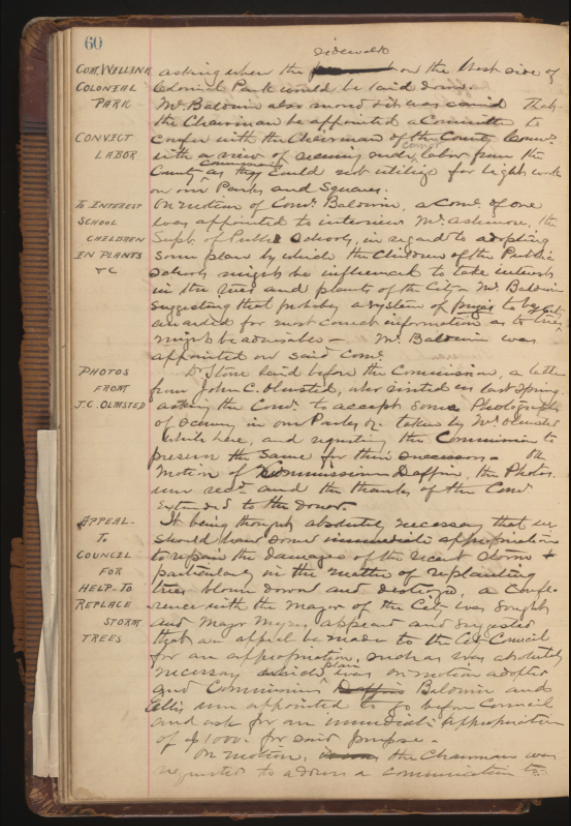The Digital Library of Georgia, in partnership with Live Oak Public Libraries, has made the Savannah Tribune (1943 to 1960) available for viewing at the Georgia Historic Newspapers website. The site provides access to these newspapers with full-text searching, browsing by date and title, and is compatible with all current browsers. The newspaper page images can be viewed without the use of plug-ins or additional software downloads. The archive is free and open for public use.
Funding for the digitization of this title was provided by the Georgia Historical Records Advisory Council with funds awarded to the University of Georgia Libraries and the Georgia Archives by the National Historical Publications and Records Commission (NHPRC).
Founded as the Colored Tribune in 1875 and renamed the Savannah Tribune in 1876, the newspaper has served as one of the longest-running African American publications in the South, with a mission “to promote the cause of education, cooperating with all teachers and workers in that cause, and the moral and material advancement of the colored people.” Reporting from Reconstruction through Jim Crow, the paper featured famed Harlem Renaissance writer James Weldon Johnson as a correspondent from the 1920s to the late 1930s and played an instrumental role in the boycott movement that began in the early 20th century and fueled the Civil Rights Movement throughout the 1960s. To this day, the Savannah Tribune stands as one of the most prominent African American newspapers in the country as it continues to serve Chatham County’s African American community.
Belle Reynoso, the director of information technology, and Linda Bridges, the genealogy/reference librarian at Live Oak Public Libraries say: “We chose the Savannah Tribune because it’s one of Savannah’s most important African American historical resources. The first edition of the paper, which was called the Colored Tribune, was first published in 1875. It was not published from 1878 to 1886 or from 1960 to 1973. The issues chosen for digitization, October 1943 to September 1960, include much of the developing Civil Rights Movement in Georgia and beyond.
View the entire digitized run of the Savannah Tribune
###
About the Georgia Historical Records Advisory Council (GHRAC)
The Georgia Historical Records Advisory Council (GHRAC) promotes the educational use of Georgia’s documentary heritage by all its citizens, evaluates and improves the condition of records, encourages statewide planning for preservation and access to Georgia’s historical records, and advises the Board of Regents and the Georgia Archives on issues concerning records.
Learn more at georgiaarchives.org/ghrac.
About the Live Oak Public Libraries
Established in 1903, the Live Oak Public Libraries are a consortium of sixteen public libraries in the Savannah and the Hinesville-Fort Stewart metropolitan areas of Georgia. These libraries provide excellent, responsive services for residents of Chatham, Effingham, and Liberty counties, and develop programming that enriches people’s lives, supports lifelong learning, and builds and enhances their communities.
Learn more at liveoakpl.org/about/mission
About the National Historical Publications and Records Commission (NHPRC)
The National Historical Publications and Records Commission (NHPRC), a statutory body affiliated with the National Archives and Records Administration (NARA), supports a wide range of activities to preserve, publish, and encourage the use of documentary sources, created in every medium ranging from quill pen to computer, relating to the history of the United States.
Learn more at archives.gov/nhprc/about
Selected images from the collection:
Title : Savannah Tribune, May 20, 1954, page 1
URL : https://gahistoricnewspapers.galileo.usg.edu/lccn/sn84020323/1954-05-20/ed-1/seq-1/
Description: The May 20, 1954 front page of the Savannah Tribune reported on the Brown v. Board of Education Supreme Court decision that ruled the segregation of public schools in the United States unconstitutional.
Title : Savannah Tribune, May 25, 1957, page 1
URL : https://gahistoricnewspapers.galileo.usg.edu/lccn/sn84020323/1957-05-25/ed-1/seq-1/
Description: The headline of the May 25, 1957 issue of the Savannah Tribune detailed the March on Washington for Jobs and Freedom. The event closed with Martin Luther King Jr.’s famed “I Have a Dream” speech.


